Listening: it sounds simple—we do it without even trying. But that's also what makes us take it for granted.
![Download Now: Sales Training & Onboarding Template [Free Tool]](https://no-cache.hubspot.com/cta/default/53/1dc09795-02c8-4fbe-a62b-a1d669dec2c5.png)
Too often, we are waiting for our turn to talk or thinking about what to say next, instead of truly listening to the other side. To eliminate this habit, I’ve taught the sales reps who have reported to me over the years a very specific skill: Active listening.
Table of Contents:
What is active listening?
Active Listening Framework
Techniques to Improve Your Active Listening
Examples of Active Listening
Active listening is important because it has the goal of achieving common ground between two or more parties. In sales, active listening is imperative as it's nearly impossible to sell anything if you aren't in agreement on the problem and solution by the end of the conversation.
But active listening is not as simple as turning our ears on and repeating everything we hear back to the other person like a mockingbird. There's a framework for doing active listening well, and I'll walk you through it in the next section.
As we tried to convince marketers that they needed to adopt a new way of marketing, I found it valuable to dig deeper into a prospect’s needs with relevant follow-up questions, using this three-step framework as a guide.
1. Acknowledge the prospect's needs.
Let'e be honest for a second: Sometimes during a conversation, we listen for a specific word or topic that segues perfectly into our next thought.
While this isn't rude, offensive, or otherwise problematic, it does limit our ability to have thought-provoking conversations.
When salespeople do this, in particular, prospects can sense it, and they come to the conclusion that the rep simply wants to sell them something regardless of whether they need it or not. It’s a downward spiral that usually leads nowhere.
But the best salespeople listen differently. They forget about the script (and maybe even their own agenda), and really listen to the words and feelings that a prospect is conveying in their language, tone of voice, facial expressions, and body language.
By observing auditory, visual, and physical clues as well as the prospect’s words, a salesperson can truly begin to understand the plight of their prospect and put themselves in the buyer’s shoes.
And this type of listening—active listening—can make a huge difference by encouraging prospects to open up more, fostering trust and commitment.
So when you’re on the phone or in a meeting with a prospect, ignore the distractions around you, throw out the script, stop worrying about what you’re going to say next, and really pay attention.
2. Confirm your understanding of the prospect's needs.
This critical step is often overlooked. After you’ve paraphrased what your prospect has said, simply ask “Did I communicate that effectively?” or “Do you believe I understand what you have shared with me?” If the prospect says “no” you now have an opportunity to clarify your understanding by asking “Could you clarify for me what I might have missed or got wrong?”
Notice how those questions create an opening for them to give you honest feedback. In contrast, I don’t recommend saying “Does that make sense?” or “Could you explain that better?” or any other question that puts the blame on the prospect for not communicating effectively.
Michelle Adams, VP of Gordon Training says, “When you nail it, you know it and the other person tells you that you did by saying things like: ‘Yes! That's it!’ or ‘Exactly, you've nailed it.’ Or they will begin nodding their head emphatically. If you miss on your active listening, they will tell you that too with: ‘Well, no, it's not that. It's more like this … ’ or they will look at you like you're nuts.”
The following video from Gordon Training shows this step in action.
Once you get good at this part of the process, you’ll be able to create a confirmation bias in your prospect’s mind. By repeating what this person has said and then confirming that you’re on the same page, the confirmation bias starts to form, and trust begins to develop.
3. Clarify your understanding of their needs.
After you confirm that you understand the prospect, your next step is to ask follow up questions.
Resist the temptation to ask closed-ended questions that might make the prospect think that you’re only interested in making the sale. Instead, I recommend asking an open-ended question that encourages your prospect to share more about their goals, challenges, and current plans.
As Saul McLeod points out, open-ended questions allow the person to express what they think in their own words. If you ask the right question, prospects might come to the right conclusions themselves, solving their own problem, or at least starting to believe that a solution exists to help solve their problems. They might even conclude that your solution is the right one. In addition, by getting your prospect to continue thinking critically about their situation (out loud), you stand a better chance of uncovering the compelling reasons your prospect will (or won’t) buy from you.
This active listening framework will give you the basic tools to start listening actively on your next call, but the techniques below will help you cross the finish line and close the deal.
Techniques to Improve Your Active Listening
1. Set the tone
Before the conversation gets started, clearly state what you and the other person will discuss. This should level-set expectations for yourself and them so that neither party walks away feeling like their time was poorly spent. Remember, active listening is about mutual understanding, and what better way to achieve this than through setting the tone in the beginning?
2. Focus on body language
Body language says what the voice cannot. This goes both ways—how you use body language can influence the conversation as well as clue you into how they're feeling. Be sure to pay attention to their eyes, facial expressions, and body movements. But also keep a pulse on the energy you're displaying as well. Maintaining an open, relaxed, and interested demeanor can go a long way toward reaching common ground.
3. Find connections between concepts
Rather than listening to respond, active listening focuses on identifying the needs of the other party and coming up with a path forward, together. Finding connections between concepts not only shows the other person that you are listening to them, but it positions you as an expert in your field with lots of experience successfully handling problems like theirs.
4. Look for opportunities rather than discrepancies
Passing judgment is the fastest way to a dead end in a conversation. Even if you're sure the prospect is making a poor choice, try to redirect the conversation in a positive way toward opportunities. For example, consider asking questions about what led them to their decisions and what resources they used to validate them. Then present an opportunity to look at the product or service you sell through that same lens.
Next, let's look at some examples of active listening and see the framework and techniques in action.
5 Examples of Active Listening
Here are a few scenarios in which active listening is particularly useful, and how to apply it in these circumstances.
1. Addressing Resistance Early On A Sales Call
The best way to avoid an objection is to anticipate and address it proactively. Effective application of active listening can help you do just that.
Nonetheless, it’s rare that you can anticipate and address every objection before closing time. Not to worry—active listening shines here too.
I advise salespeople to use active listening early in the sales process to communicate to prospects that they’re there to really listen and help them—not just sell them something.
Here’s what a very early conversation might sound like.
Prospect: I don’t really need help with X.
Salesperson: So, you’re feeling okay with X and aren’t looking for any help with it. Can you say more about that?
Prospect: Well ... I don’t have a lot of time.
Salesperson: Seems like I caught you in the middle of something and your time is short.
Prospect: Yeah, but I guess I have a few minutes.
Salesperson: Okay. I often hear one of a few things in situations like yours: A, B, and sometimes C. If any of those are relevant, I have some ideas I could share with you that you might find valuable. Maybe we could talk for a few minutes now and schedule another meeting when you have more time?
Too often, salespeople rush to spit out another question or pitch their value. By repeating back what a prospect expressed (both words and feelings) and asking for clarification, you show that you’re actively listening to them. This clears the way to begin asking questions or positioning value.
2. Identifying Solutions to Challenges
Perhaps the best time to use active listening is when a prospect reveals a challenge they’re having.
Here’s an example:
Prospect: I’m very frustrated that we didn’t achieve our goal of A this year. I thought about it all last month. This really set us back. Worse, I’m just stuck on what to do next year.
Salesperson: Hmmm. I see. I can see how that would be frustrating.
Prospect. Yeah.
Salesperson: So, it sounds like it’s really important to you that you achieve goal A this year. It really set you back when you didn’t achieve it this year and you’re at a loss on what to do differently next year.
Did I get that right?
Prospect: Yes. Exactly right.
Salesperson: Well, what are you considering doing next year?
Prospect: Well, we’ve considered implementing plan B. But, I’m just not sure it’ll work given we don’t know how to execute plan B yet. We just don’t have the right skills within our team.
Salesperson: Have you considered getting some advice from someone who has implemented plan B at other companies like yours?
Prospect: That seems like it’d be a good idea.
3. Recapping an Exploratory Call
While it’s never too early to restate the goals and challenges that a prospect has shared with you, empathize, confirm your understanding, and probe further, I find that the end of an exploratory conversation is a great time to showcase that you’ve heard them throughout the call.
Using HubSpot’s qualification framework, I often summarize what I’ve learned from the conversation like so:
Salesperson: We’re coming up on time. We can schedule more time if it makes sense. But, at this point, I suggest we review what we’ve discussed today.
Prospect: That’d be great.
Salesperson: As I understand it, your current goal is A. In order to achieve your goal, you implemented plan B — a plan that didn’t work this year despite your best efforts. You anticipate that challenge C may, once again, get in the way of implementing plan B and achieving goal A within timeline D and budget E.
Prospect: That’s exactly right. Impressive recap, actually.
Salesperson: We also discussed how plan F — a component of our solution — might be able to help you overcome challenge C.
Prospect: Well ... I’m not sure I completely understand plan F.
Salesperson: Okay. We went through some of the aspects of plan F, but I agree that we haven’t fully covered it. In our next call, would you like to go into more depth on plan F, really sketch it out, and make sure that we’re in full agreement that it’ll help you achieve goal A?
Prospect: That sounds great. Thank you for your help so far.
Salesperson: You’re welcome. When would you like to schedule our next call?
4. Closing Business
Dave Kurlan invented my favorite closing technique: “The Inoffensive Close.” If you’ve done everything correctly during your sales process, closing should be something that just happens. If you need a little nudge, the Inoffensive Close is the simplest way to ask for the business.
As Dave describes in his book Baseline Selling, there are three questions involved in the Inoffensive Close:
- Do you believe I understand your issues, your problems, and your concerns?
- Do you believe I/we have the expertise to solve your problem effectively?
- Would you like my/our help?
As you can see, listening during the sales process as well as confirming understanding are necessary steps if you want to use this closing approach.
But even when you’ve run a great sales process, prospects don’t always answer with an emphatic “yes” after each of these questions. That’s when active listening can be very handy, once again.
Prospect: I’m not quite positive that you have the right expertise. I’m concerned that you’re not the best provider for a company like ours.
Salesperson: Okay. Let me make sure I understand. You’re concerned we wouldn’t be the best provider. Is there a competitor of ours that you think might have more experience in your industry?
Prospect: Well, not so much in the industry, but they’ve had more experience with cultures like ours. At least, that’s my opinion.
Salesperson: So it’s more about the culture of your organization as opposed to your industry?
Prospect: Yes. Exactly.
Salesperson: But it sounds like the rest of the team might disagree with you a bit?
Prospect: A bit would be an understatement. Some of my colleagues speak very highly of the work you’ve already done for us.
Salesperson: I see. So, it sounds like my company has some mega fans amongst your team. And we certainly have done a lot to help them over the years. But you think that our competitor is better suited to help you, given the culture of your organization. Would it help if I could demonstrate to you what we’ve done for other companies with similar cultures to yours?
Prospect: Yes. I think that would make the decision a lot easier.
Salesperson: If I can do that effectively, would you hire us to help you instead of the other firm?
Prospect: Yes.
Improving Your Active Listening Skills
As you can see from these examples, Active Listening is a skill that can be used in almost any stage of the sales process, from the first interaction all the way to closing the deal.
Editor's note: This post was originally published in April 2018 and has been updated for comprehensiveness.












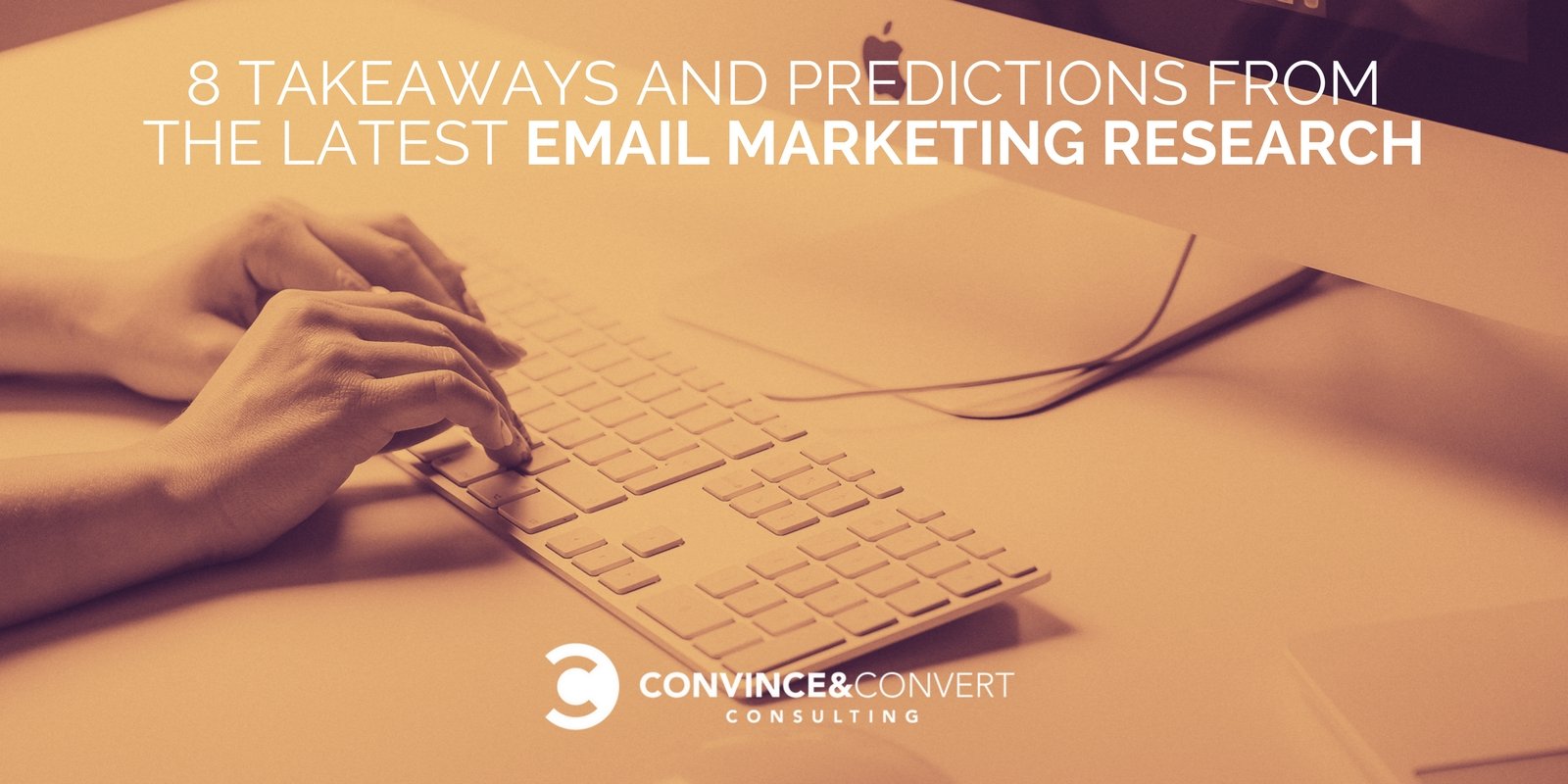

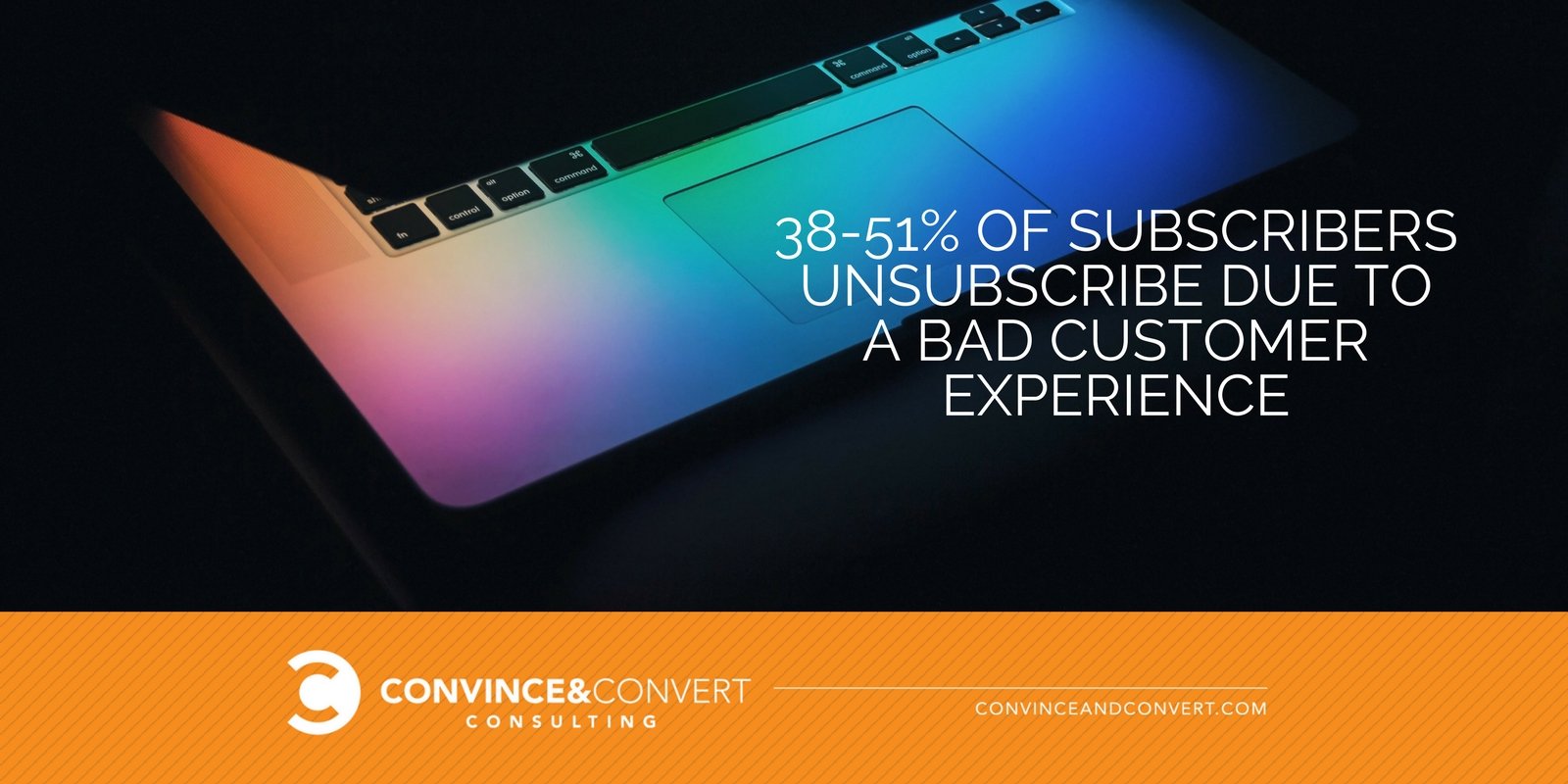
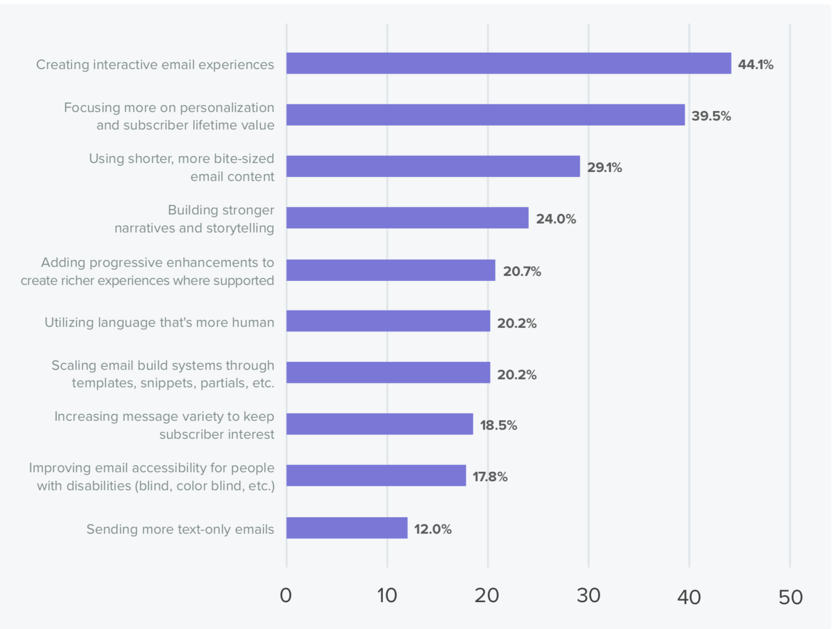


 Read on for four tips for building a smooth handoff process, straight from customer relationship gurus who have perfected the sales-to-customer success knowledge transfer.
Read on for four tips for building a smooth handoff process, straight from customer relationship gurus who have perfected the sales-to-customer success knowledge transfer. In today’s digital economy, many progressive sales and marketing leaders know that
In today’s digital economy, many progressive sales and marketing leaders know that 





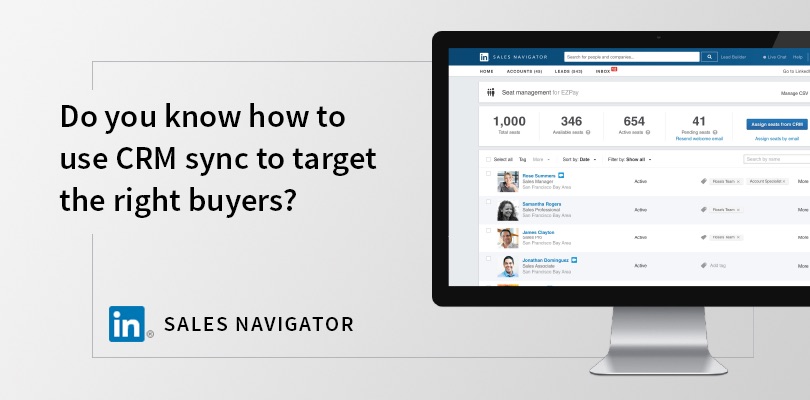









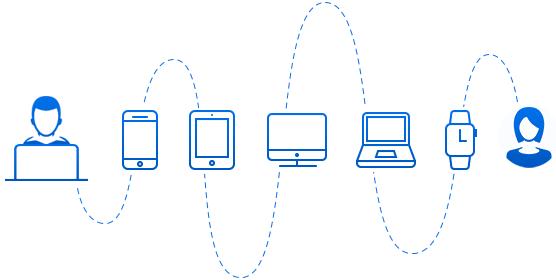










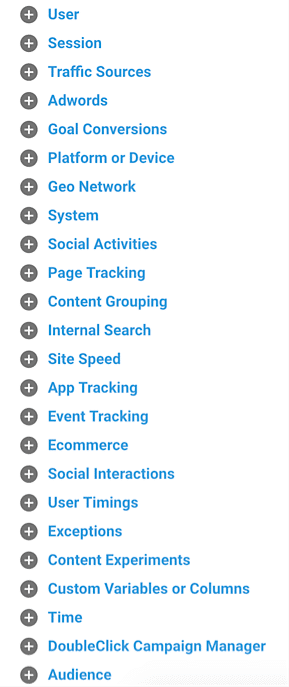



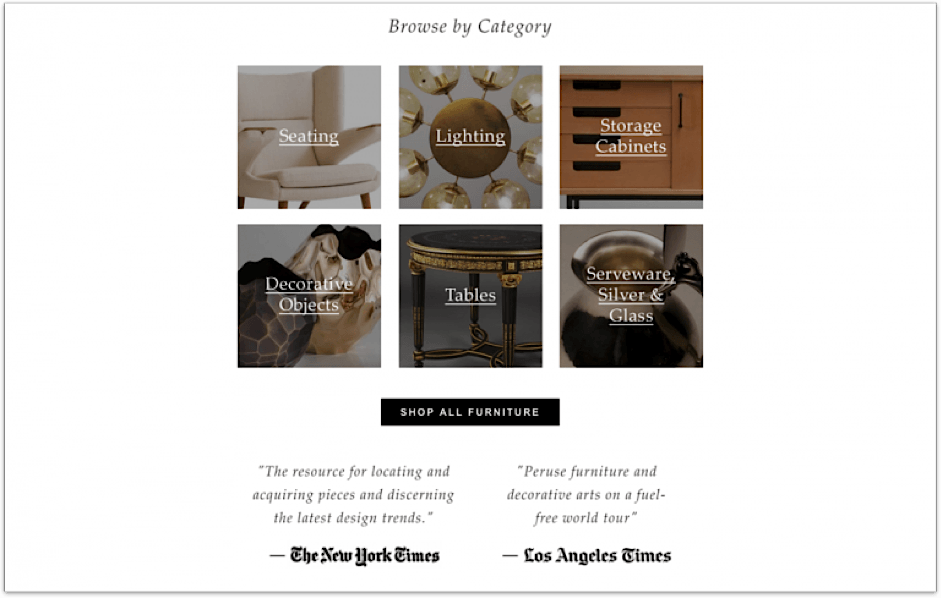
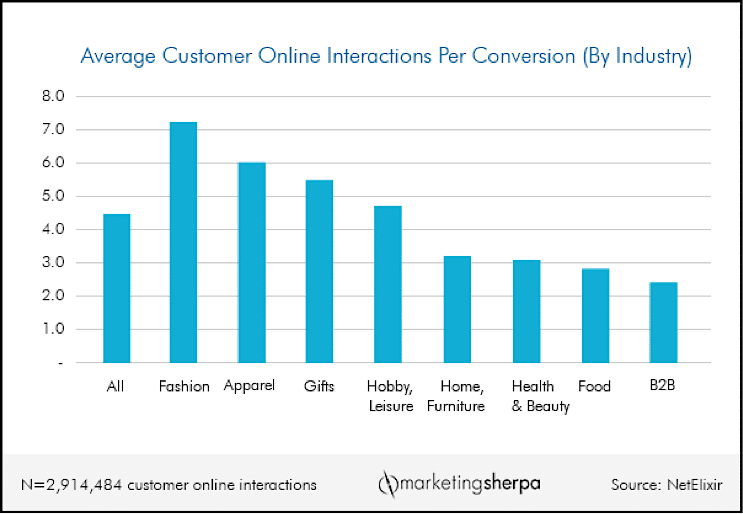
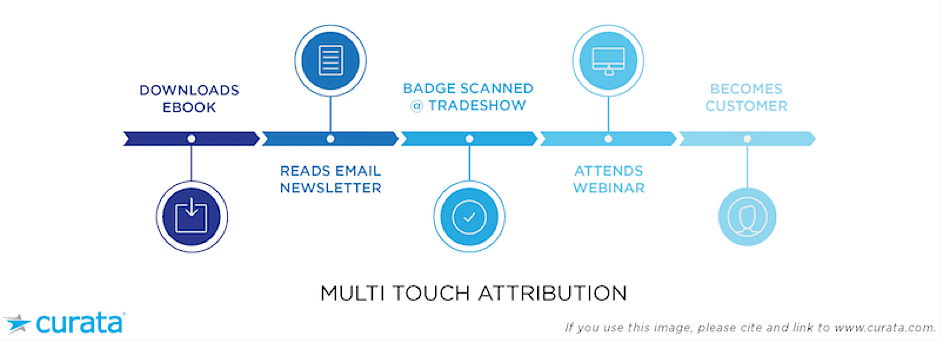
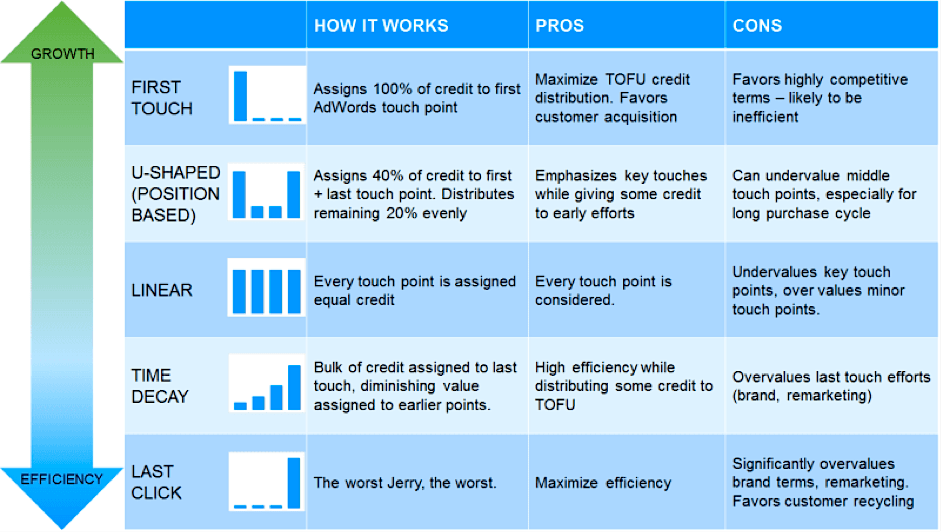
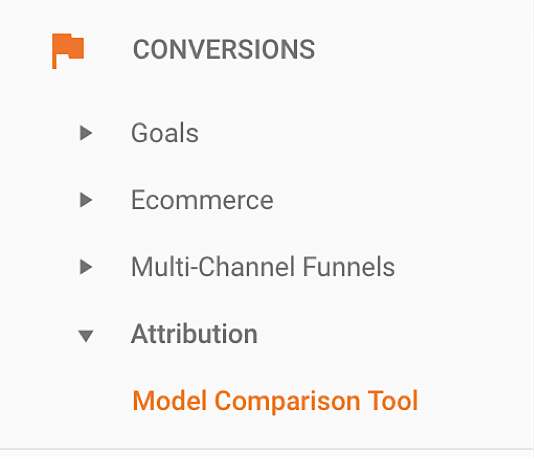

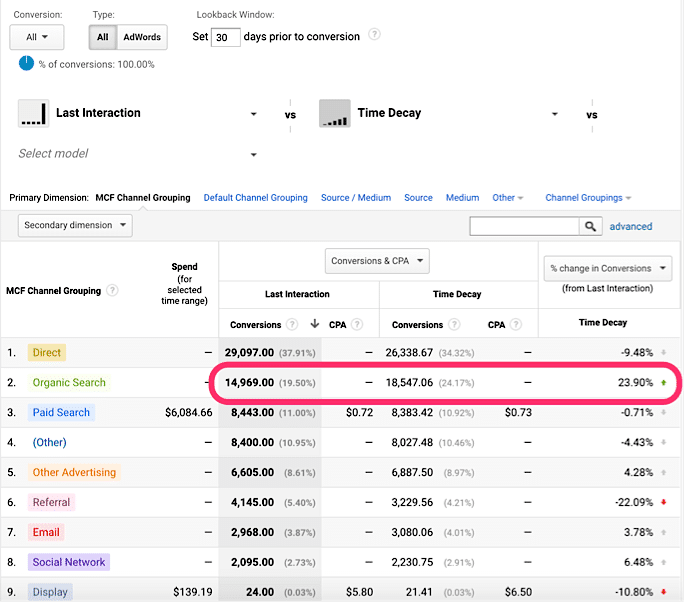
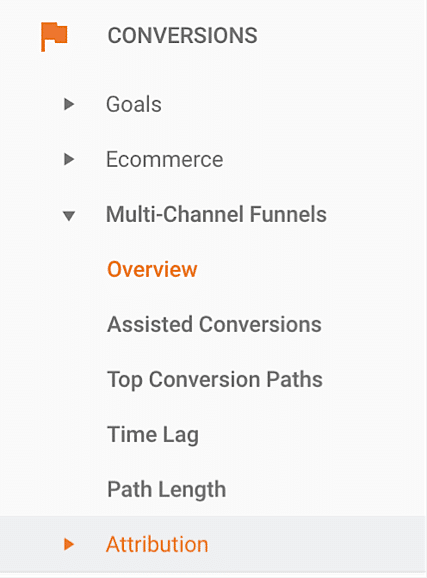

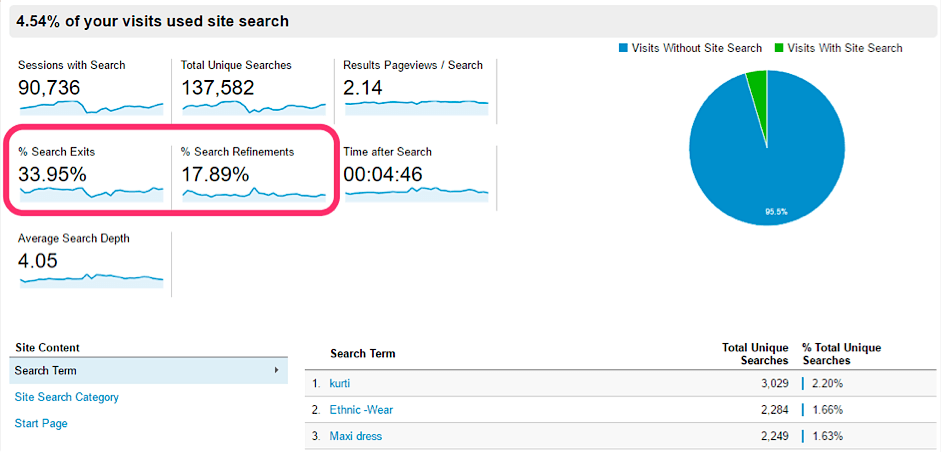
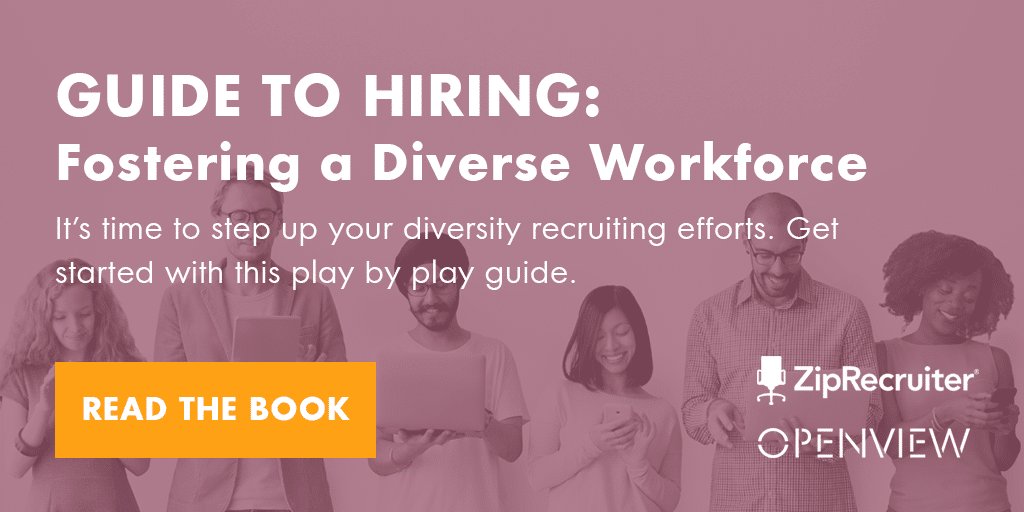


![Download Now: Sales Training & Onboarding Template [Free Tool]](https://no-cache.hubspot.com/cta/default/53/1dc09795-02c8-4fbe-a62b-a1d669dec2c5.png)














 A successful onboarding process can lead to retaining
A successful onboarding process can lead to retaining  If sales is a marathon, then setting goals in measurable challenges is a surefire way to help reps feel confident with their progress and motivated to grow and succeed.
If sales is a marathon, then setting goals in measurable challenges is a surefire way to help reps feel confident with their progress and motivated to grow and succeed.